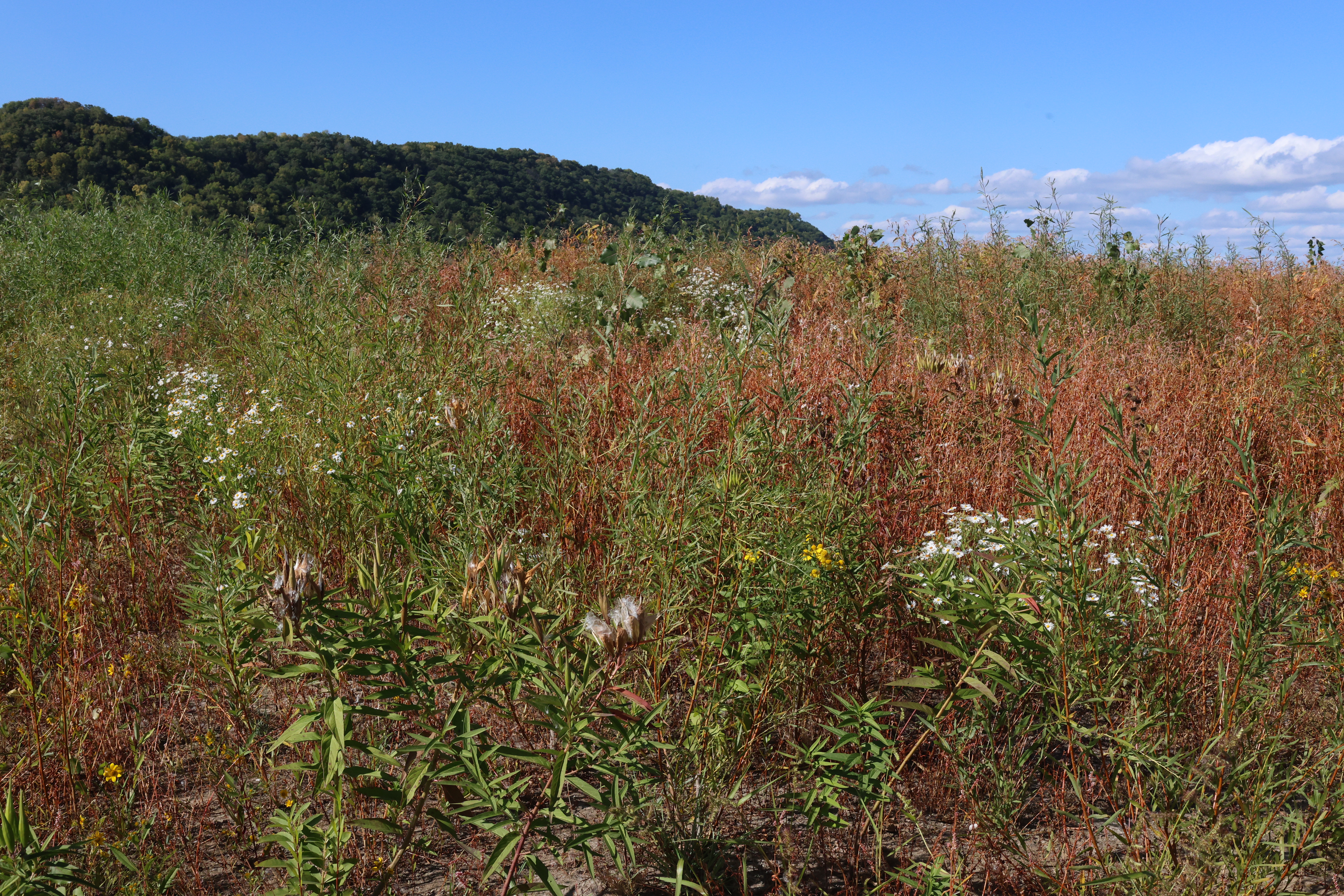A prime mission of the Corps of Engineers is to strive for environmental sustainability. The Corps recognizes the interdependence of life an d the physical environment. The Corps proactively considers environmental consequences of its programs and acts accordingly. The Corps seeks balance and synergy among human development and natural systems by designing economic and environmental solutions that reinforce one another.
d the physical environment. The Corps proactively considers environmental consequences of its programs and acts accordingly. The Corps seeks balance and synergy among human development and natural systems by designing economic and environmental solutions that reinforce one another.
Aquatic Ecosystem Restoration
Section 206 of the Water Resources Development Act of 1996 provides authority for the Corps of Engineers to undertake restoration projects in aquatic ecosystems, such as rivers, lakes and wetlands. The Corps evaluates projects that benefit the environment through restoring, improving or protecting aquatic habitat for plants, fish and wildlife. A project is accepted for construction after an investigation shows it is technically feasible, environmentally acceptable and provides cost-effective environmental benefits.
Costs for Section 206 projects are shared between the federal government (65 percent) and a non-federal sponsor (35 percent), in accordance with the Water Resources Development Act of 1996. The maximum federal expenditure per project is $5 million, which includes both planning and construction costs. The federal government will not pay the costs involved for obtaining the lands and/or easements and future operation and maintenance.
Habitat Restoration
The Corps has the authority, provided by Section 1135 of the Water Resources Development Act of 1986, as amended, to plan, design and construct fish and wildlife habitat restoration measures. To be eligible for consideration, restoration measures must involve modification of the structures or operations of a project constructed by the Corps, or modification of an off-project site when it is found the Corps' project contributed to the degradation of the environment.
To qualify under this program, projects must be justified -- that is, the benefits resulting from constructing the project must exceed the cost incurred to design and construct the project. Each separate project is limited to a total federal cost of not more than $5 million, including studies, plans and specifications and construction.
Upper Mississippi River Restoration Program
The U.S. Army Corps of Engineers’ Upper Mississippi River Restoration Program includes studies and projects in the Upper Mississippi River system north of Cairo, IL. The system includes the Illinois River.
This program, authorized by Congress in 1986, emphasizes habitat rehabilitation and enhancement projects and long-term resource monitoring. The habitat project component includes dredging backwater areas and channels, constructing dikes, creating and stabilizing islands and controlling side channel flows and water levels. In the U.S. Army Corps of Engineers, St. Paul District, the projects are located along the Minnesota and Mississippi rivers from Guttenberg, Iowa (Lock and Dam 10) to Minneapolis, Minnesota, a distance of about 250 river miles. The long-term resource monitoring component includes monitoring trends and impacts with respect to selected resources, developing products for resource management decisions and maintaining river information databases.
Upper Mississippi River Restoration Program homepage
Navigation and Ecosystem Sustainability Program
The Navigation and Ecosystem Sustainability Program, or NESP, is a long-term, dual-purpose program that integrates navigation improvements and ecosystem restoration together to provide Upper Mississippi River System once in a generation-type positive impacts.
The primary goals of the program are to increase the capacity and improve the reliability of the inland navigation system while restoring, protecting, and enhancing the environment.
Navigation and Ecosystem Sustainability Program homepage
Regulatory Program
The Corps of Engineers Regulatory Programs include Section 10 of the Rivers and Harbors Act of 1899 and Section 404 of the Clean Water Act. The St. Paul District's regulatory jurisdiction covers the states of Minnesota and Wisconsin. More information about the Corps regulatory programs can be obtained on our Regulatory main page.